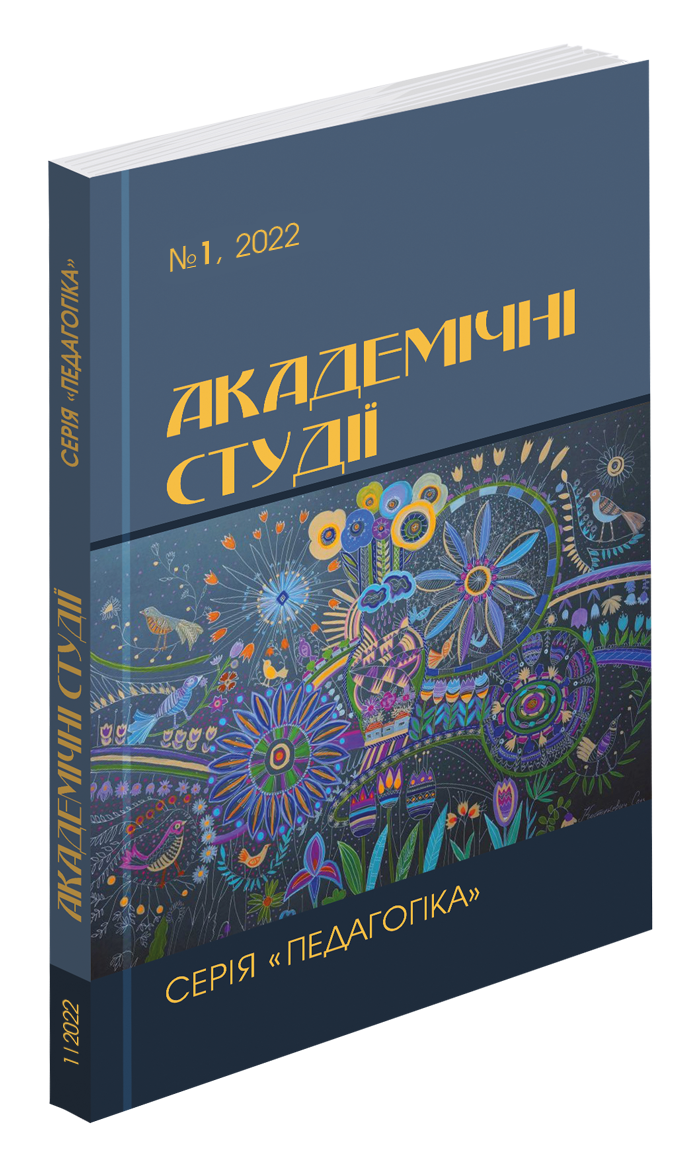Abstract
The article, based on the analysis of scientific and pedagogical discourse and the study of practical experience in the higher education institution «Lutsk Pedagogical College» revealed the methodological approaches to overcoming barriers to the formation of vocal culture of students. Based on the results of the study, methodological recommendations were formulated to identify the causes of singing defects and ways to eliminate them. The reasons for choral disturbance and intonation due to overexertion or inability to use the vocal apparatus are considered, namely: white sound, vibrato, throat sound, disgust, forcing, inaccurate intonation (up or down) and found effective methods for achieving quality voice sound. Conditions under which low intonation can occur have been studied: incorrect singing attitude, physical fatigue, low vocal position, singing not on the support of breathing, descending melody movement, fast tempo, sluggish articulation, high score of the work, repetitive sounds, voice mutation. Increased intonation also has its reasons: excessively active breathing, uncomfortable tessitura, agitated mood, forced sound or too loud sound. Applicants for higher education should master such practical techniques as: proper use of breathing apparatus, respiratory support, learn to use the lower costal-diaphragmatic type of breathing and round articulate loud sounds. For quality vocal sound in the classroom, you need to spend enough time looking for a high singing position, direct the sound to the main resonator and raise the soft palate. Having researched the theoretical developments, we have considered the main aspects that will be able to provide high-quality training of higher education students in music specialties as key stakeholders for professional activities.
References
Дефекти мови: види, причини, виправлення. URL: https://www.bsmu.edu.ua/blog/6993-defekti-movi-vidiprichini- vipravlennya (дата звернення: 17.04.2022).
Зеленецька І. Вправи-розспівки для розвитку музичного слуху дітей в процесі вокально-хорового виховання : навч. посіб. Кам’янець-Подільський : ФОП Сисин О. В., 2015. 196 с.
Коломоєць О. Хорознавство : навч. посіб. Київ : Либідь, 2001. 168 с.
Маслій К. Виховання голосу співака : навч. посібник. Рівне : «Ліста», 1996. 120 с.
Мельник В., Стасюк Ю. Практична робота з хором : навч. посіб. Луцьк : ПрАТ «Волинська обласна друкарня», 2013. 108 с.
Пігров К. Керування хором. Київ : Державне видавництво образотворчого мистецтва і музичної літератури. 1956. 180 с.

